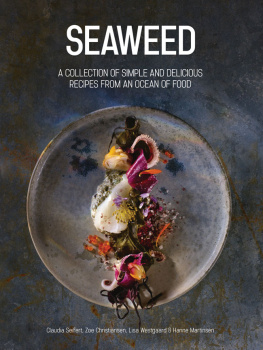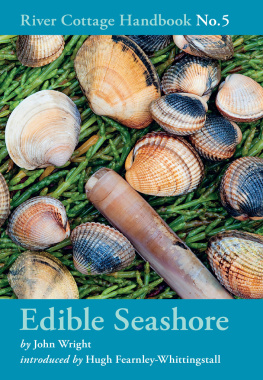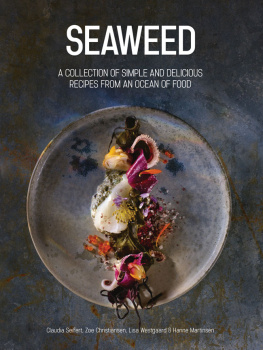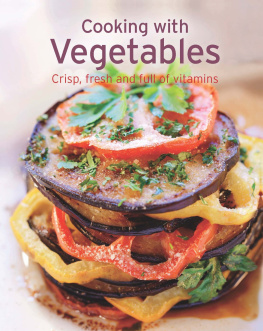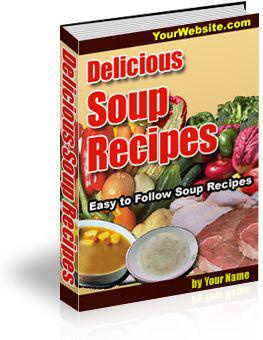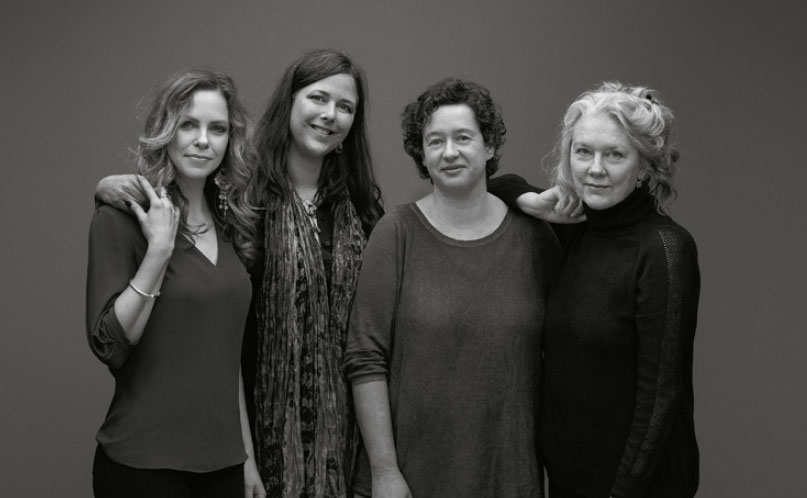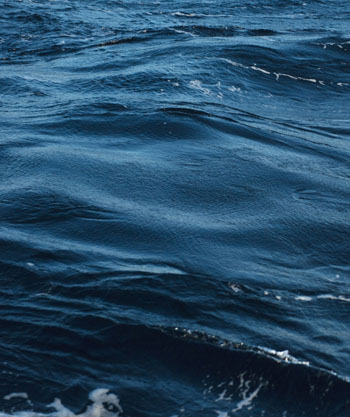Pagebreaks of the print version

SEAWEED
A COLLECTION OF SIMPLE AND DELICIOUS RECIPES FROM AN OCEAN OF FOOD
Claudia Seifert, Zoe Christiansen, Lisa Westgaard & Hanne Martinsen
CLAUDIA SEIFERT
Claudia Seifert lives in Hamburg and is a well known food stylist and cookbook writer. She is inspired by the many flavour variations found in seaweed and kelp, and she is also interested in the health benefits and the cleansing effect which the oceans vegetables afford. You can read more about Claudia on claudiaseifert.de.
ZOE CHRISTIANSEN
Zoe Christiansen has a background in the arts. For the past five years she has worked with sustainability and innovation through projects such as The Future of Food and The Northern Company, which produces innovative and sustainable products using Nordic seaweed.
LISA WESTGAARD
Lisa Westgaard has a Bachelor of Fine Arts from the Pratt Institute, New York.
LISA WESTGAARD
Lisa Westgaard has a Bachelor of Fine Arts from the Pratt Institute, New York.
After some time in New York and San Francisco, she established herself as a food and still life photographer in Oslo. Lisa works from her attic studio in Bislett. She has won several prizes for her work and is considered one of Norways leading food photographers. See Lisas portfolio on tinagent.no.
HANNE MARTINSEN
Hanne Martinsen has worked for ten years as Art Director in the advertising industry, and for the past seven years with the communication agency Dinamo. Hanne has received several honours for creativity and design, both nationally and internationally.
She has been an important contributor to this publication. Hanne has conceptualised, illustrated and designed the book. Published in 2017 by Grub Street 4 Rainham Close London SW11 6SS Email: Web: www.grubstreet.co.uk Twitter: @grub_street Facebook: Grub Street Publishing Copyright this English language edition Grub Street 2017 Originally published in Norwegian as Tang & Tare Et Hav Av Mat CAPPELEN DAMM AS 2016 This edition is published under license of CAPPELEN DAMM AS. All rights reserved. English translation: Anne Marie Tremlett Cover design: Daniele Roa Formatting English edition: Roy Platten Landscape photography: Knut Bry / Tinagent.no Photography: Lisa Westgaard / Tinagent.no Authors photos: Lars Petter Pettersen / Tinagent.no Design: Hanne Martinsen Illustrations: Hanne Martinsen Text: Zoe Christiansen / Henrik Berg Slang Photo p.9: Alex Asensi and Tone Myskja Set in 10.5 pt. Karben 105 and Minion pro A CIP catalogue record for this book is available from the British Library.
ISBN 978-1-910690-51-2 eISBN 978-1-911621-64-5 Mobi ISBN 978-1-911621-64-5 All rights reserved. Without limiting the rights under copyright reserved above, no part of this publication may be reproduced, stored in or introduced into a retrieval system, or transmitted, in any form or by any means (electronic, mechanical, photocopying, recording or otherwise) without the prior written permission of both the copyright owner and the above publisher of this book.

SEAWEED ON THE MENU
There are many good reasons for cooking with seaweed. Sea vegetables are not only rich in nutrients, but used correctly seaweed can lift the taste experience to another level in quite ordinary daily dishes. Seaweed is also both a sustainable and an environmentally friendly resource. On the next pages you will learn why you should cook with sea vegetables and how to go about it.
We have collected 68 delicious and simple recipes using seaweed and kelp, where the ingredients have been combined with knowledge, joy and imagination. The recipes are all different but what they have in common is that they are all simple to prepare and adapt. Thus you can quickly create a tasty meal, whether you have lunch by yourself or invite friends and family for dinner. Among the recipes you will find both main courses and snacks, soups, salads and desserts, vegetarian dishes and dishes with fish and other seafood, as well as the more experimental dishes, such as exciting tapas, quinoa risotto and gin seaweed tonic. Enjoy! Zoe Christiansen, Claudia Seifert, Lisa Westgaard and Hanne Martinsen
AN OPENING TO AN OCEAN OF VEGETABLES!
All the recipes in this book are based on the most commonly available seaweed and kelp. Most of the recipes are made with dried seaweed which is available from specialist shops or the internet.
But we hope that the book will inspire you also to collect the sea vegetables you want to try out. We have illustrated the different types of seaweed to make it easier for you to find the right sort of seaweed. You might also like to know, as a safety measure, that none of the sorts of seaweed that grow in Britain and Ireland are poisonous, apart from the Desmarestia species (there are four of them and they mostly grow in deep water) which produce sulphuric acid. Otherwise the same rules apply for harvesting seaweed and kelp as for harvesting mussels. Ideally you should pick the seaweed where the sea is in constant movement and preferably as far away as possible from housing, harbours and bathing places. The season lasts from the late winter until the early summer.
Seaweed and kelp can be eaten fresh or cooked, or after having been preserved by drying, salting or maturing. If you are unable to harvest sea vegetables you can buy them quite easily.
THE FUTURE IS SEA GREEN
Transport of vegetables and protein across borders has a significant impact on the environment. In the future we will undoubtedly have to procure food using more sustainable methods. Luckily as consumers we are becoming more conscious of the environment. And this is where sea vegetables fit in perfectly: They grow locally and demand neither water, fertilisers nor additives.
Seaweed and kelp are also enormously rich in nutrients. They contain a number of minerals, vitamins, trace elements and amino acids. Another point is that sea vegetables can be harvested when land vegetables have poor conditions for growth. Vegetables from the sea are a clever and sustainable supplement to ordinary vegetables grown on land.
VERSATILE USE
Sea vegetables can be used in most dishes, both as a vegetable or as a flavour enhancer. But although there are plenty of seaweed resources along coastlines, there is no tradition for using seaweed and kelp in many cuisines.

